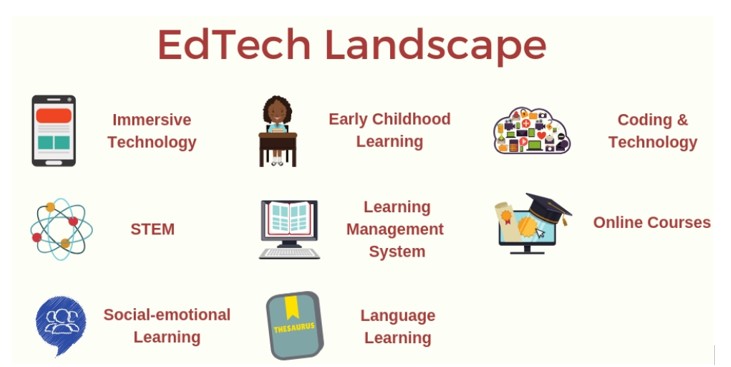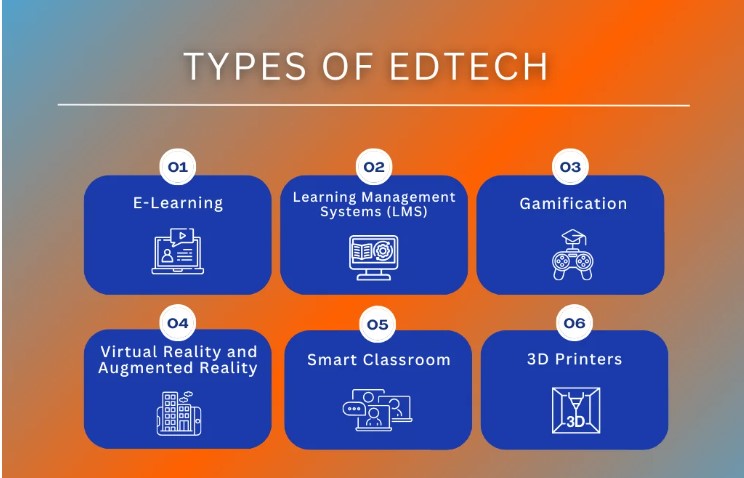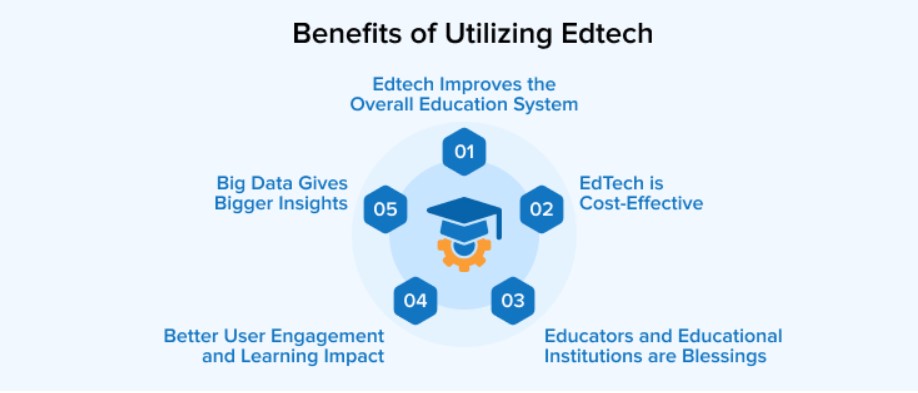7667766266
enquiry@shankarias.in
Mains: GS II – Government Policies and Interventions for Development in various sectors and Issues arising out of their Design and Implementation
India’s online learning sector is still booming and projected to triple by FY28, valuing Rs.8.5 lakh crore, with hundreds of millions of fresh signups annually.


